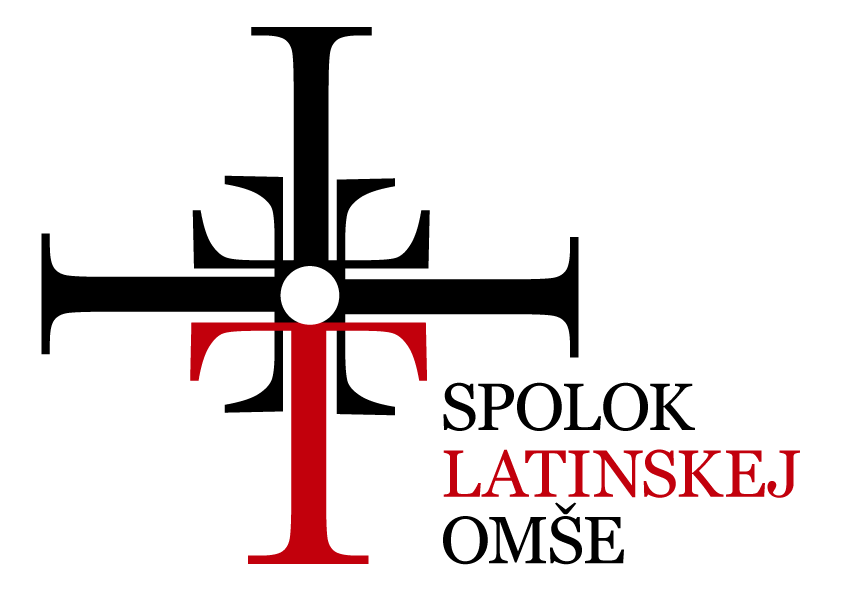How Agatha Christie helped to save the Latin Mass
Dr Joseph Shaw
On November 26, 1971, the front page of the Universe informed its readers as follows:
As from this Sunday, the first in Advent, it is forbidden to offer Mass in the Tridentine rite anywhere in the world. In very special circumstances old or retired priests may apply to their own bishop for permission to use the rite, but for private use only.
Only a few days later, however, on December 2, the Times carried a rather different story, under the headline “Pope sanctions traditional Latin Mass in Britain”. The Tridentine Mass was, in fact, celebrated in Westminster Cathedral on June 17 the following year, the first of a series of two annual Masses at the High Altar using the older Missal. Monthly traditional Masses in the Cathedral’s crypt were also initiated. Both series of Masses continue to this day, although the crypt Masses have now moved to the Lady Chapel.
In the nick of time, it would seem, the public celebration of the Vetus Ordo, now also called the Extraordinary Form, was preserved, at least in England and Wales. How had this come about?
Opposition to the liturgical reforms and regret at the passing of a liturgical tradition going back to the 4th century, if not further, was widespread, as the radical nature of what was being done in the name of the Second Vatican Council became apparent in the 1960s. The Latin Mass Society was founded in 1965, as the first reforming documents from Rome made clear that the Latin language was in the crosshairs, and liturgical experiments and abuses were disturbing the faithful in parishes.
Cardinal John Heenan ordered all parish churches in Westminster diocese to celebrate one Mass on Sundays in Latin, in light of Vatican II’s mandate: “the use of the Latin language is to be preserved in the Latin rites” (Sacrosanctum Concilium 36.1). However, the celebration of the reformed Mass in Latin quickly came to be seen as an anomaly, and the rule was withdrawn early in 1971. The debate resolved for most into a choice between the New Mass in the vernacular, and the “Tridentine” (or Latin) Mass.
In an era of deference towards bishops and the pope, and with Pope Paul VI placing his personal authority on the line with his 1969 general audience addresses on the reform, it was hard to know how to make the case that a terrible mistake was about to be made: the complete suppression of a liturgical form on which so much theology, spirituality and culture depended.
Cardinal Alfredo Ottaviani, a former prefect of the Congregation for the Doctrine of the Faith, had tried the theological approach, with his famous “Intervention” of 1969. Professor Alexandra Zaina, a leading member of the Latin Mass Society, tried the approach of spirituality, in a letter to the Catholic Herald, quoting Pius XII in Mediator Dei, pointing out that Catholics’ spiritual needs are not all the same, so room should be left for those who prefer the older Mass. But the ultimately successful approach was through the third aspect of the liturgy: culture.
This was developed by the remarkable Alfred Marnau, a Slovakian poet who had come to Britain in 1939. Marnau used his contacts in the arts world to get signatures for a petition which lamented the loss of the old Mass in the context of the “history of the human spirit”:
We are not at this moment considering the religious or spiritual experience of millions of individuals. The rite in question, in its magnificent Latin text, has also inspired a host of priceless achievements in the arts – not only mystical works, but works by poets, philosophers, musicians, architects, painters and sculptors in all countries and epochs. Thus, it belongs to universal culture as well as to churchmen and formal Christians.
This appeal was such that it could be joined by non-Catholics, and in the circumstances of the time perhaps non-Catholics might have had a greater impact. Accordingly, and knowing time was short, in the space of just three weeks Marnau managed to gather the signatures of more than 50 public figures, including an MP from each of the major political parties, two Anglican bishops, and numerous writers, artists and musicians. These included Graham Greene, Colin Davis, Iris Murdoch, FR Leavis, Malcolm Muggeridge, Yehudi Menuhin and Nancy Mitford. William Rees-Mogg, editor of the Times, ensured that it received national attention.
But it was another signatory who, at least in popular legend, caught Paul VI’s eye, when the petition was presented to him by Cardinal Heenan, on behalf of the Latin Mass Society. Marnau relates: “The story goes that Pope Paul VI was reading quietly through the list of signatories and then suddenly said, ‘Ah, Agatha Christie!’ and signed his approval.”
Christie herself wasn’t a Catholic; but her greatest fictional creation, the Belgian Catholic Hercule Poirot, would surely have approved.
—Dr Joseph Shaw is chairman of the Latin Mass Society of England and Wales
